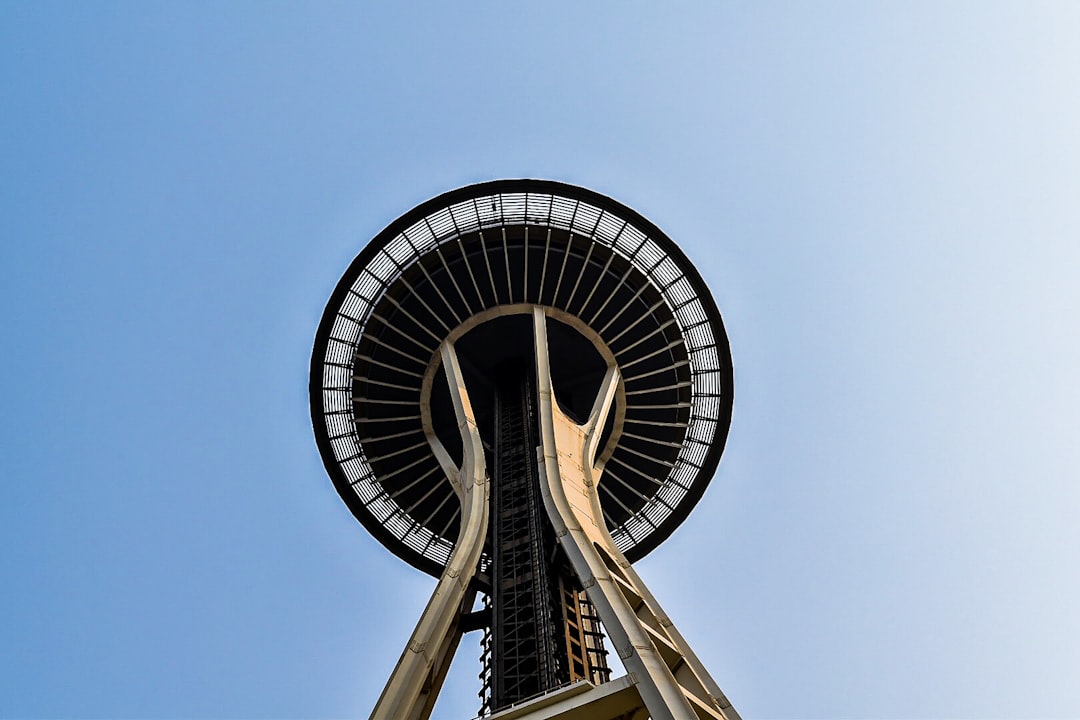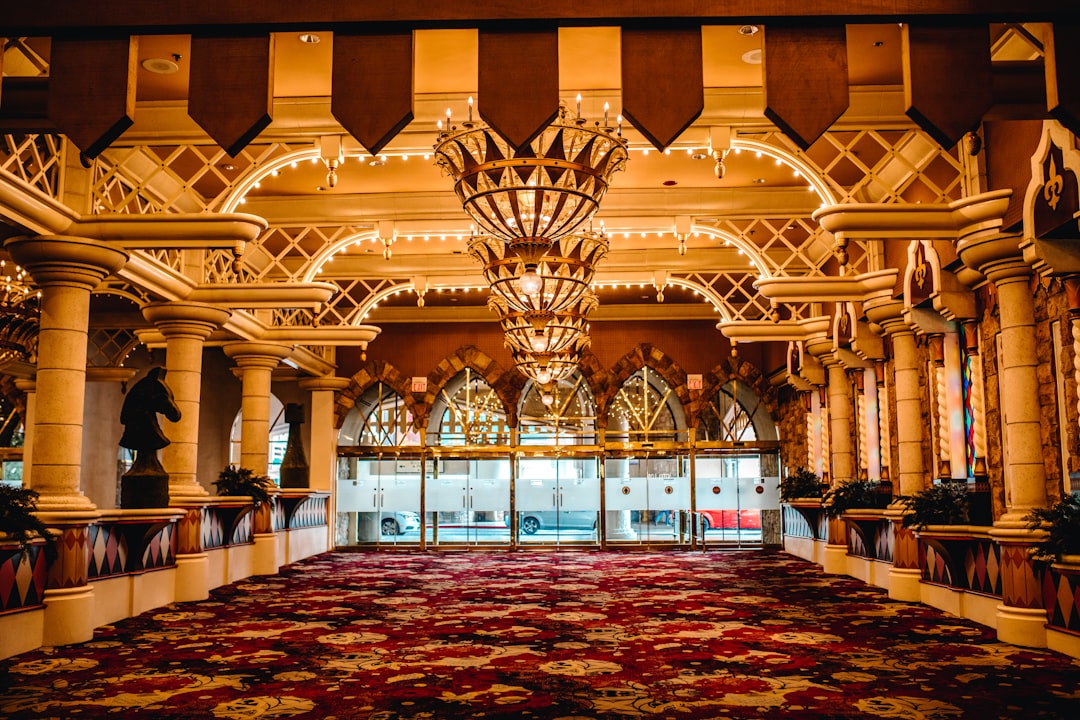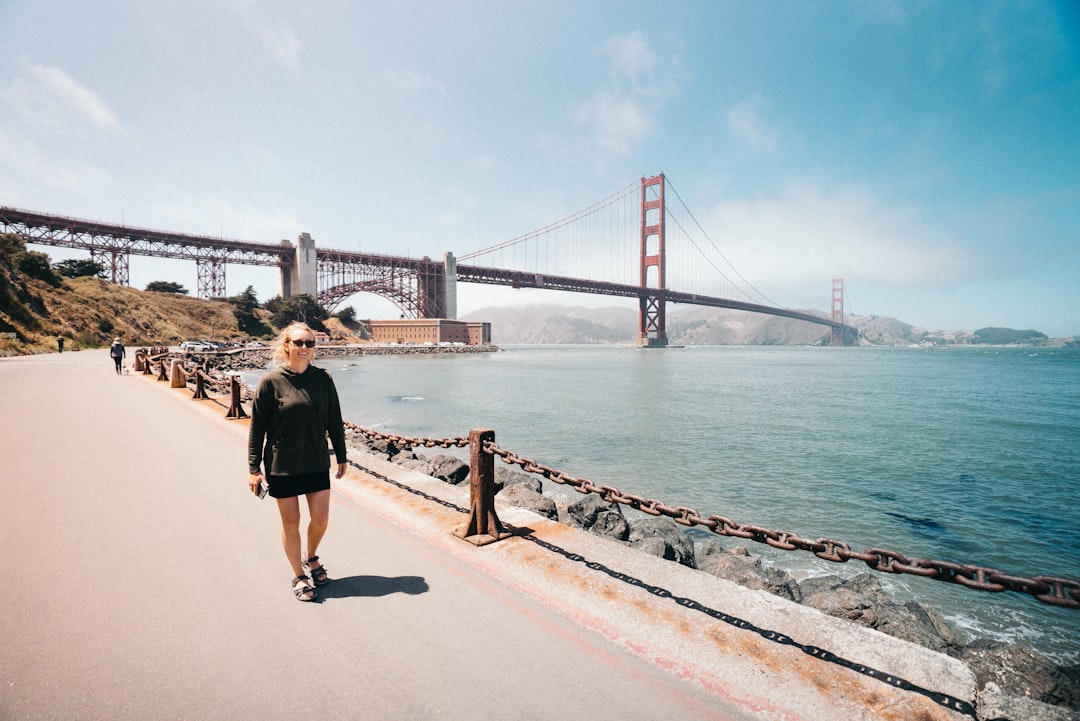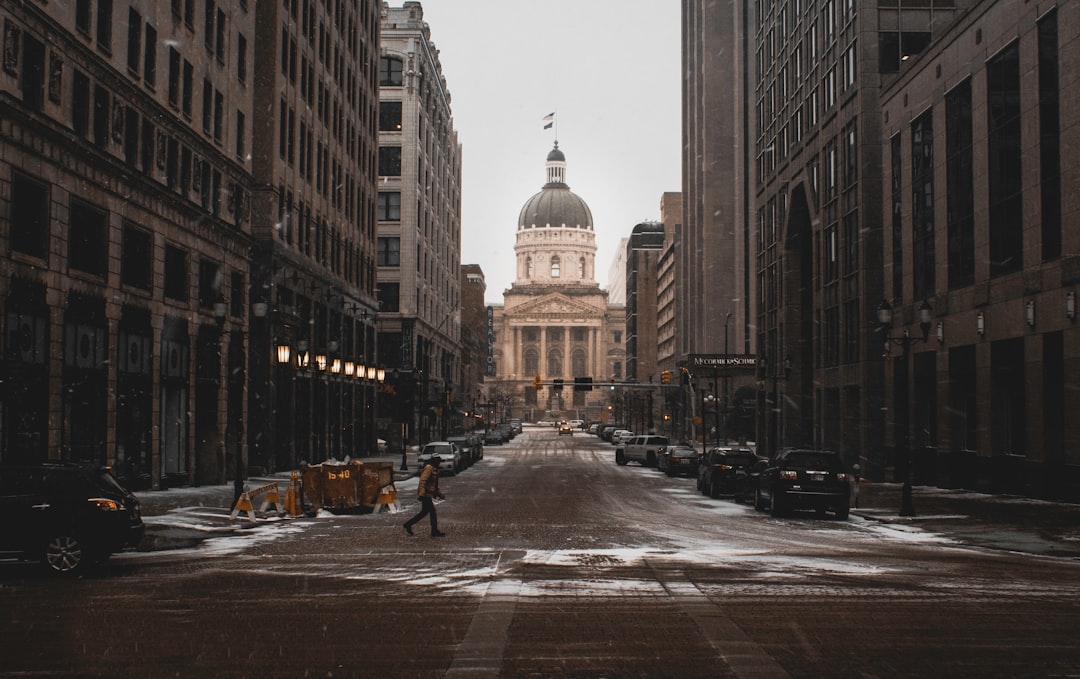Louisiana’s history is a rich tapestry woven from the threads of various cultures, peoples, and events. Originally inhabited by Native American tribes such as the Chitimacha, Houma, and Tunica, the region was first explored by Europeans in the early 16th century. The French laid claim to the territory in 1682, naming it after King Louis
Key Takeaways
- Louisiana has a rich history and culture influenced by French, Spanish, African, and Native American heritage.
- The natural beauty of Louisiana can be explored through its swamps, bayous, and wildlife refuges.
- Louisiana’s cuisine is known for its unique blend of flavors, including Creole and Cajun dishes like gumbo, jambalaya, and beignets.
- Louisiana hosts a variety of festivals and events throughout the year, including Mardi Gras, Jazz Fest, and the French Quarter Festival.
- The music and arts scene in Louisiana is vibrant, with a strong influence of jazz, blues, and zydeco music, as well as a thriving community of artists and performers.
- Outdoor activities and adventures in Louisiana include fishing, birdwatching, kayaking, and exploring the state’s many parks and nature reserves.
This marked the beginning of a complex colonial history characterized by French, Spanish, and later American influences. The French established New Orleans in 1718, which quickly became a cultural melting pot due to its strategic location along the Mississippi River. The city attracted settlers from various backgrounds, including Africans who were forcibly brought to the region as slaves, creating a unique blend of cultures that would shape Louisiana’s identity.
The Melting Pot of Influences
Louisiana’s cultural landscape is a vibrant blend of French, Spanish, African, and Creole influences. This diversity is evident in the state’s language, traditions, and social customs. The term “Creole” itself refers to a group of people with mixed ancestry, often encompassing those of French, Spanish, African, and Native American descent.
Distinctive Cultural Expressions
Louisiana Creole culture is characterized by its distinct dialects, culinary practices, and artistic expressions. The state is also known for its strong Catholic heritage, which has influenced many of its festivals and celebrations.
A Celebration of Cultural Fusion
The annual Mardi Gras festivities in New Orleans exemplify this cultural fusion, showcasing elaborate parades, masquerade balls, and vibrant costumes that reflect the state’s rich history.
Exploring the Natural Beauty of Louisiana

Louisiana’s natural beauty is as diverse as its cultural heritage. The state is home to an array of ecosystems, including swamps, marshes, forests, and coastal areas. The Atchafalaya Basin, the largest swamp in the United States, is a prime example of Louisiana’s unique landscape.
This vast wetland is teeming with wildlife, including alligators, herons, and various fish species. The basin serves as a critical habitat for migratory birds and is a popular destination for birdwatchers and nature enthusiasts. Kayaking through the bayous offers an intimate experience with the lush surroundings and the chance to observe the intricate interplay of flora and fauna.
In addition to its wetlands, Louisiana boasts beautiful coastal areas along the Gulf of Mexico.
Grand Isle, for instance, is a popular destination for fishing and water sports.
The island’s natural beauty is complemented by its vibrant local community and rich history as a fishing village. Furthermore, Louisiana’s state parks, such as Fontainebleau State Park and Kisatchie National Forest, provide opportunities for hiking, camping, and exploring the state’s diverse landscapes. These natural areas are not only vital for conservation but also serve as recreational havens for residents and visitors alike.
The Unique Cuisine of Louisiana
| Category | Unique Cuisine of Louisiana |
|---|---|
| Popular Dishes | Gumbo, Jambalaya, Crawfish Etouffee, Po’boys |
| Key Ingredients | Andouille Sausage, Crawfish, Okra, Rice, Cajun Seasoning |
| Influences | French, Spanish, African, Native American |
| Signature Dessert | Beignets |
| Notable Beverages | Sazerac Cocktail, Hurricane Cocktail |
Louisiana’s cuisine is a reflection of its multicultural heritage, blending flavors and techniques from various culinary traditions.
Creole cuisine is characterized by its use of rich sauces, fresh seafood, and an array of spices.
Dishes like gumbo—a hearty stew made with a variety of meats or seafood—and jambalaya—a rice dish with influences from Spanish paella—are staples that showcase the state’s culinary diversity. Cajun cuisine, on the other hand, has its roots in the rural Acadian communities of southern Louisiana. It emphasizes hearty ingredients and rustic cooking methods.
Dishes such as étouffée (a thick stew served over rice) and boudin (a type of sausage made with rice and meat) highlight the resourcefulness of Cajun cooks who utilized local ingredients to create flavorful meals. The use of spices like cayenne pepper and herbs such as thyme and parsley adds depth to these dishes. Additionally, Louisiana’s culinary scene is heavily influenced by its seafood industry; shrimp, crawfish, oysters, and fish are integral components of many traditional recipes.
Festivals and Events in Louisiana
Louisiana is renowned for its vibrant festivals that celebrate its unique culture and heritage throughout the year. One of the most famous events is Mardi Gras, which attracts millions of visitors to New Orleans each year. This pre-Lenten celebration features elaborate parades with colorful floats, masked balls, and street parties filled with music and dancing.
The festivities often begin weeks in advance with smaller events leading up to Fat Tuesday, creating an atmosphere of excitement and revelry that permeates the city. Beyond Mardi Gras, Louisiana hosts a plethora of other festivals that highlight its diverse cultural influences. The New Orleans Jazz & Heritage Festival celebrates the city’s rich musical legacy with performances from local artists and international acts alike.
This festival not only showcases jazz but also features a variety of genres including blues, gospel, and zydeco music. Food plays a significant role in these celebrations as well; attendees can indulge in local delicacies while enjoying live performances. Other notable events include the Bayou Country Superfest in Baton Rouge and the Crawfish Festival in Breaux Bridge, both of which draw large crowds eager to experience Louisiana’s unique blend of music, food, and culture.
The Music and Arts Scene in Louisiana

The music scene in Louisiana is as diverse as its population, with genres ranging from jazz and blues to zydeco and Cajun music. New Orleans is often regarded as the birthplace of jazz; legendary musicians such as Louis Armstrong and Jelly Roll Morton emerged from this vibrant city. Jazz clubs lining Frenchmen Street offer live performances that capture the essence of this genre while showcasing both established artists and emerging talent.
The improvisational nature of jazz reflects the spirit of creativity that permeates Louisiana’s music scene. In addition to jazz, Louisiana is home to a rich tradition of folk music that includes Cajun and zydeco styles. Cajun music features lively accordion melodies accompanied by fiddles and triangle instruments, often performed at local dance halls known as “bal de maison.” Zydeco music incorporates elements of rhythm and blues with traditional Creole influences; it typically features washboards and electric guitars alongside accordions.
Festivals dedicated to these musical styles celebrate their cultural significance while providing opportunities for community engagement through dance and social gatherings. The arts scene in Louisiana extends beyond music; it encompasses visual arts, theater, and literature as well. New Orleans boasts a thriving art community with galleries showcasing local artists’ work alongside international exhibitions.
The city’s historic architecture serves as inspiration for many artists who draw upon its unique character in their creations. Additionally, theater companies such as the Tennessee Williams Theatre Company contribute to the cultural landscape by producing works that reflect both contemporary issues and classic literature.
Outdoor Activities and Adventures in Louisiana
Louisiana’s diverse landscapes offer a wealth of outdoor activities for adventure seekers and nature lovers alike. The state’s extensive network of waterways provides ample opportunities for fishing, boating, kayaking, and canoeing. The bayous are particularly popular for these activities; paddling through cypress swamps allows visitors to immerse themselves in the serene beauty of nature while observing wildlife such as turtles, birds, and even alligators in their natural habitat.
Hiking enthusiasts can explore numerous trails throughout Louisiana’s state parks and national forests. Kisatchie National Forest features over 600 miles of trails that wind through pine forests and along scenic rivers. These trails cater to various skill levels, making them accessible for families or seasoned hikers looking for a challenge.
Birdwatching is another popular outdoor activity; Louisiana’s diverse ecosystems attract migratory birds each year during their seasonal journeys. Places like the Sabine National Wildlife Refuge provide excellent vantage points for observing these avian species in their natural environments. For those seeking more adrenaline-pumping adventures, Louisiana offers opportunities for swamp tours that allow visitors to navigate through marshlands while learning about the unique ecosystem from knowledgeable guides.
Airboat tours provide an exhilarating way to explore remote areas inaccessible by traditional boats while spotting wildlife up close. Fishing charters along the Gulf Coast present another thrilling option; anglers can pursue species such as redfish or speckled trout while enjoying breathtaking views of the coastline. In summary, Louisiana’s multifaceted identity is shaped by its rich history, stunning natural landscapes, delectable cuisine, lively festivals, vibrant music scene, and abundant outdoor activities.
Each aspect contributes to an experience that captivates residents and visitors alike while showcasing the state’s unique charm.
If you’re intrigued by the diverse cultural and geographical landscapes of Louisiana, you might also find the article on South Carolina equally fascinating. South Carolina, like Louisiana, boasts a rich history, captivating places to visit, and numerous interesting facts. From the historic streets of Charleston to the serene beaches of Myrtle Beach, South Carolina offers a unique blend of history, culture, and natural beauty that is worth exploring. To learn more about what South Carolina has to offer, you can read the detailed article here: South Carolina: Facts and Places to Visit.
FAQs
What are some interesting facts about Louisiana?
– Louisiana is the only state in the U.S. that doesn’t have counties; instead, it is divided into parishes.
– New Orleans is known as the birthplace of jazz music.
– Louisiana is home to the largest population of Cajuns, descendants of the Acadian people from Canada.
– The state has a rich Creole culture, influenced by French, Spanish, African, and Native American heritage.
What are some popular places to visit in Louisiana?
– New Orleans: Known for its vibrant music scene, historic French Quarter, and annual Mardi Gras celebration.
– Baton Rouge: The state capital, with attractions like the Louisiana State Capitol and the USS Kidd Veterans Museum.
– Lafayette: A hub of Cajun culture, with opportunities to experience traditional music, food, and dance.
– Lake Charles: Offers outdoor activities like fishing, boating, and birdwatching in the Creole Nature Trail.
What are some must-see attractions in Louisiana?
– The French Quarter: Known for its iconic architecture, lively nightlife, and historic sites like Jackson Square and St. Louis Cathedral.
– Plantation Homes: Visitors can tour antebellum plantations along the Mississippi River, such as Oak Alley and Laura Plantation.
– Tabasco Factory: Located on Avery Island, the factory offers tours and a museum showcasing the history of the famous hot sauce.
– Atchafalaya Basin: The largest swamp in the U.S., offering opportunities for wildlife viewing, kayaking, and airboat tours.










